Phase Transitions Unleashed: States Of Matter Quiz
(127).jpg)
Here is a fantastic state of matter quiz that we have made for you. Do you know there are five known phases or states of matter: solids, liquids, gases, plasma, and Bose-Einstein condensates? The main difference in the structures of each state is in the densities of the particles.
Embark on a dynamic exploration of the fundamental transformations that matter undergoes with "Phase Transitions Unleashed: States of Matter Quiz." This quiz is a captivating journey into the diverse realms of solid, liquid, and gas states, unraveling the science behind phase transitions. From freezing and melting to evaporation and condensation, Read morethis quiz unlocks the secrets of matter in motion.
Well, how much more do you know about this topic? Test your knowledge with this quiz right now. Have fun with this!
States of Matter Questions and Answers
- 1.
How many states of matter exist?
- A.
1
- B.
2
- C.
3
- D.
4
- E.
5
Correct Answer
E. 5Explanation
Matter manifests in five recognized phases, namely solids, liquids, gases, plasma, and Bose-Einstein condensates. The primary distinguishing factor among these states lies in the density of their constituent particles, representing the fundamental structural variation defining each phase.Rate this question:
-
- 2.
The state of matter that are particles and that farthest apart is
- A.
Solid
- B.
Liquid
- C.
Gas
- D.
Plasma
Correct Answer
D. PlasmaExplanation
Plasma is the state of matter in which particles are the farthest apart. Unlike solids, liquids, and gases, plasma consists of charged particles that have enough energy to overcome the attractive forces between them. This results in particles being spread out and not confined to a fixed position. Plasma is often referred to as the fourth state of matter and is commonly found in stars, lightning, and certain types of flames.Rate this question:
-
- 3.
The state of matter in which the particles are closest together is
- A.
Liquid
- B.
Gas
- C.
Plasma
- D.
Solid
Correct Answer
D. SolidExplanation
The state of matter where particles are closest together is solid. In a solid, the particles are tightly packed and have a fixed position. They vibrate in place but do not move around freely like in a liquid or gas. This close arrangement of particles gives solids their definite shape and volume.Rate this question:
-
- 4.
In which state of matter do particles have the least energy and are closely packed together?
- A.
Solid
- B.
Liquid
- C.
Gas
- D.
Plasma
Correct Answer
A. SolidExplanation
In the solid state of matter, particles have the least energy, and they are arranged in a fixed, closely-packed structure. This results in a definite shape and volume for solids.Rate this question:
-
- 5.
In what state are the particles in this picture is?
- A.
Solid
- B.
Liquid
- C.
Gas
- D.
Plasma
Correct Answer
D. PlasmaExplanation
Based on the given options, the state of the particles in the picture is plasma. Plasma is a state of matter in which particles are highly energized and ionized, resulting in the formation of charged particles. It is often considered the fourth state of matter and is characterized by its ability to conduct electricity and respond to magnetic fields.Rate this question:
-
- 6.
What state of matter is rain?
- A.
Solid
- B.
Liquid
- C.
Gas
- D.
Plasma
Correct Answer
B. LiquidExplanation
Rain is considered a liquid because it is composed of small water droplets that have condensed in the atmosphere and fallen to the ground. Liquids have a definite volume but not a definite shape, and rain takes the shape of its container or the surface it falls on. Falling rain often has a teardrop shape because of wind resistance. Additionally, rain can flow and be poured, which are characteristics of liquids.Rate this question:
-
- 7.
The state of matter with no shape or volume is
- A.
Solid
- B.
Liquid
- C.
Gas
- D.
Plasma
Correct Answer
C. GasExplanation
Gas is the state of matter with no shape or volume. Unlike solids and liquids, gases do not have a fixed shape or volume. Instead, they take the shape and volume of their container. Gas particles are in constant random motion, allowing them to fill any space available to them. This property of gases makes them highly compressible and able to expand to fill any container they are placed in.Rate this question:
-
- 8.
What state of matter are the particles in this picture of?
- A.
Solid
- B.
Liquid
- C.
Gas
- D.
Plasma
Correct Answer
A. SolidExplanation
The particles in the picture are closely packed together and have a fixed shape and volume, indicating that they are in a solid state.Rate this question:
-
- 9.
What state of matter is water? (Considering all conditions of temperature.)
- A.
Solid
- B.
Liquid
- C.
Gas
- D.
All of the above
Correct Answer
D. All of the aboveExplanation
Water can exist in all three states of matter: solid, liquid, and gas. At low temperatures, water freezes and becomes a solid, commonly known as ice. At room temperature, water is in its liquid state, flowing and taking the shape of its container. At higher temperatures, water vaporizes and becomes a gas, known as steam. Therefore, the correct answer is "all of the above" as water can exist as a solid, liquid, or gas depending on the temperature and pressure conditions.Rate this question:
-
- 10.
Of solids, liquids, and gases, which phase of matter has the most kinetic energy?
- A.
Solid
- B.
Liquid
- C.
Gas
Correct Answer
C. GasExplanation
Among solids, liquids, and gases, gases typically have the most kinetic energy. Kinetic energy is associated with the motion of particles in a substance. In gases, particles move freely and rapidly in all directions, colliding with each other and the container walls. This high degree of motion results in gases having higher kinetic energy compared to liquids, where particles have less freedom of movement, and solids, where particles are relatively fixed in their positions.Rate this question:
-
Quiz Review Timeline +
Our quizzes are rigorously reviewed, monitored and continuously updated by our expert board to maintain accuracy, relevance, and timeliness.
-
Current Version
-
Apr 05, 2024Quiz Edited by
ProProfs Editorial Team
Expert Reviewed by
Zohra Sattar -
Oct 21, 2008Quiz Created by
Cardinalcm
- Atom Quizzes
- Atomic Theory Quizzes
- Chemical Bonding Quizzes
- Chemical Compound Quizzes
- Chemical Element Quizzes
- Chemical Reaction Quizzes
- Chemistry Practice Quizzes
- Clinical Chemistry Quizzes
- Electrolysis Quizzes
- Functional Group Quizzes
- Gas Quizzes
- General Chemistry Quizzes
- IBSL Chemistry Quizzes
- Medicinal Chemistry Quizzes
- Reaction Quizzes
- Soap Quizzes
- Solution And Mixture Quizzes
 Back to top
Back to top




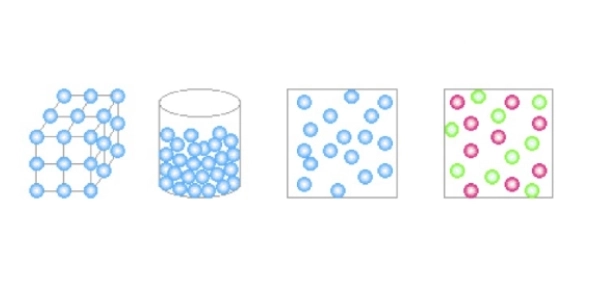
.webp)
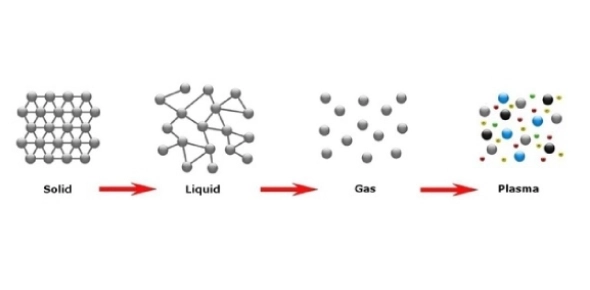
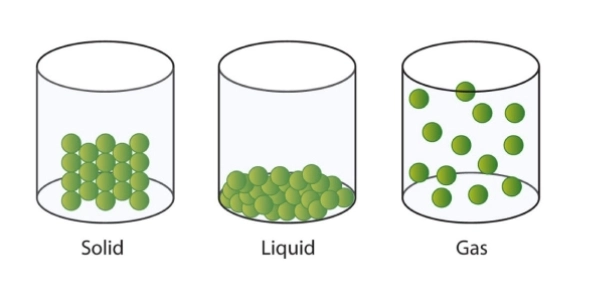
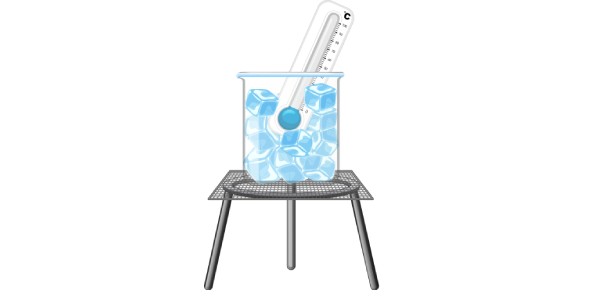
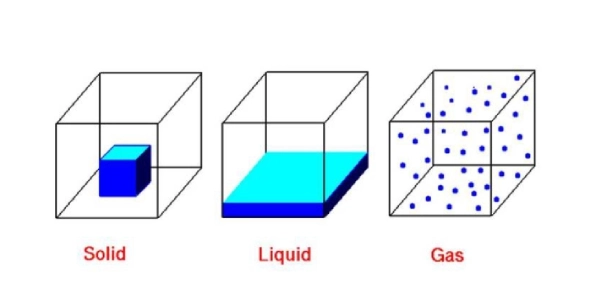
.webp)